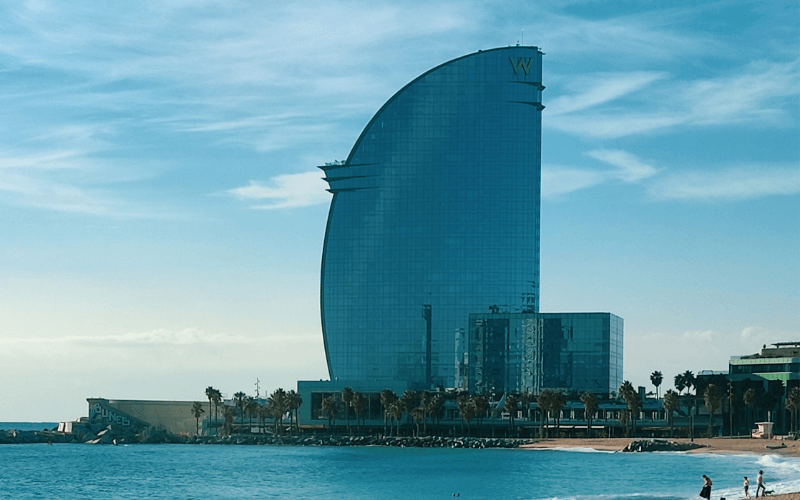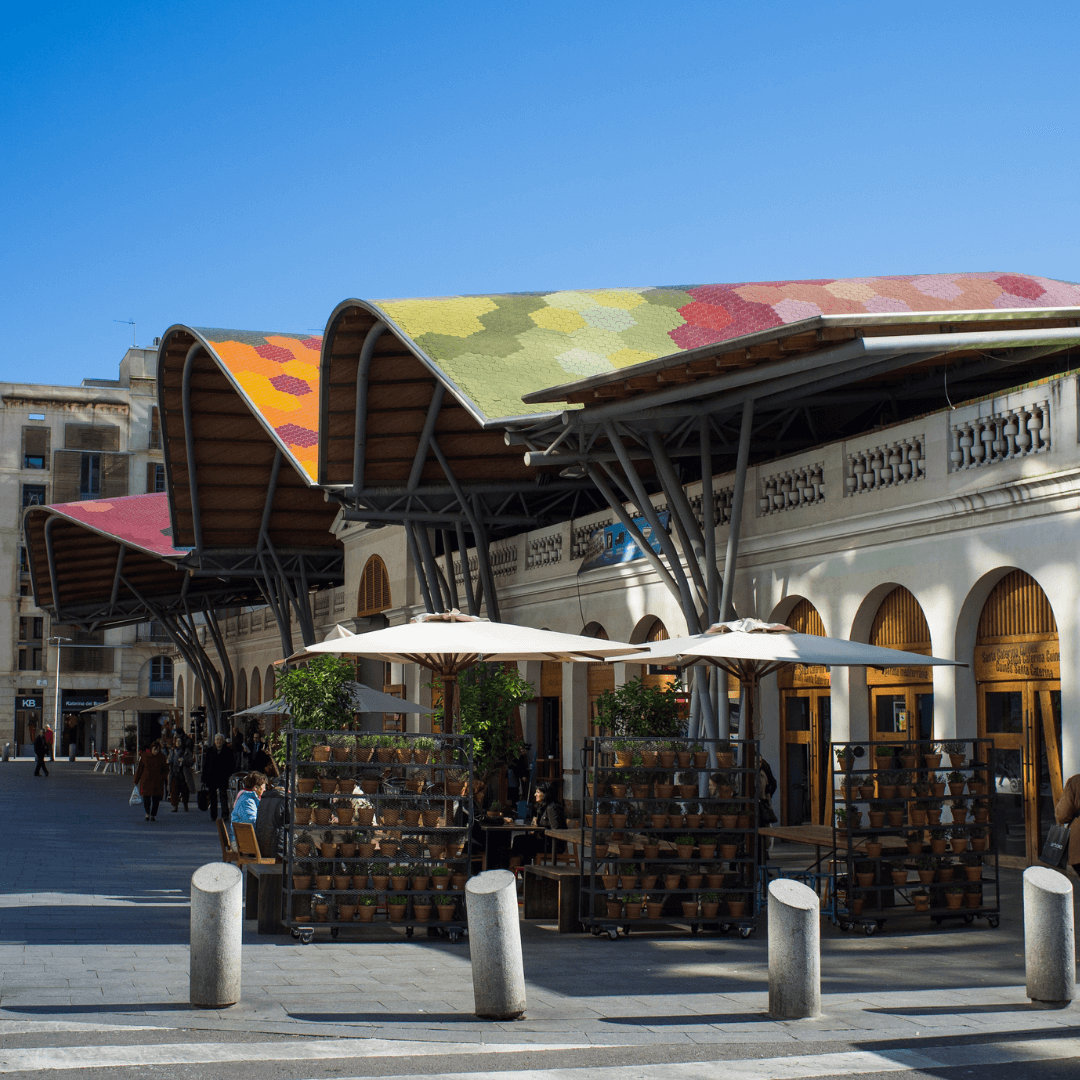Barcelona’s architecture is world-renowned for combining traditional and avant-garde styles. In recent years, the city has undergone a remarkable evolution in terms of design and construction.
At Renta Corporación we have been participating in the city’s continuous transformation towards a more sustainable and people-centred model for more than 30 years. Thanks to the daily analysis carried out by our team of experts, we are able to find the best opportunities to add value to buildings that have become obsolete while preserving their architectural and cultural heritage.
In this article, we will explore how Barcelona’s architecture has evolved by discussing its main styles and some of its most iconic buildings. Read on to find out more!
Main styles over the years
Barcelona’s architecture has been influenced by many different styles throughout its history. From Catalan modernism, with leading figures such as Antoni Gaudí, to rationalism and contemporary design, the city has witnessed a rich architectural diversity. Each style has left its mark, creating a unique urban landscape that combines historical and modern elements.
What makes Barcelona’s architecture stand out today?
Today, Barcelona stands out for its focus on sustainable and functional architecture. Architects and urban planners are adopting practices that promote energy efficiency, the use of sustainable materials and the integration of green spaces in buildings. Urban design focuses on creating spaces that are livable, accessible and respectful for the environment and people.
Some of Barcelona’s most iconic buildings
The city of Barcelona is home to an impressive collection of iconic buildings that reflect its architectural evolution. The ones mentioned below show the great variety of styles and trends that coexist in the city:
- Hotel W: Designed by Ricardo Bofill, this luxury hotel is an example of modern, avant-garde architecture. Located on Barceloneta beach, its sail-shaped design has become a worldwide symbol of the city.
- Santa Caterina Market: Built in 1844 and remodelled in 2005, this market stands out for its extraordinary undulating roof and vibrantly coloured façade. It is an example of contemporary architecture that combines tradition and modernity.
- Agbar Tower: Designed by Jean Nouvel, this 38-storey tower is also an icon of the city. Its glass façade and night-time lighting create an impressive image on the city’s skyline.
- 22@: This district of Barcelona is known for its innovative and technological approach. It is home to a series of modern, sustainable buildings that reflect the city’s futuristic vision.

The buildings that make up the city are a clear testimony to its rich history and vision for the future. From the most traditional styles to contemporary architecture, the city has evolved to become an international landmark.
From Antoni Gaudí’s elaborate modernist details in the Sagrada Familia and Park Güell to the futuristic structure of the Torre Agbar, every corner of Barcelona reveals a fascinating blend of styles and eras. Each building tells a unique story that contributes to the city’s architectural identity.
But Barcelona’s architecture is not limited to its most famous buildings. The city is also home to a wealth of architectural works that reflect the city’s innovation and avant-garde approach. From sustainable residential projects to avant-garde cultural spaces, Barcelona remains a laboratory for architectural design.
The search for harmony between tradition and modernity is one of its hallmarks. Many new buildings integrate harmoniously with the old, respecting the city’s history and heritage. Many new buildings integrate harmoniously with the old, respecting the city’s history and heritage.
In addition to its aesthetic value, the city strives to be a benchmark in sustainable construction, promoting the use of ecological materials, the optimisation of energy consumption and the incorporation of green technologies in new architectural projects.

